Written by: Cynthia Alame, United Nations Foundation
Last updated December 9, 2024
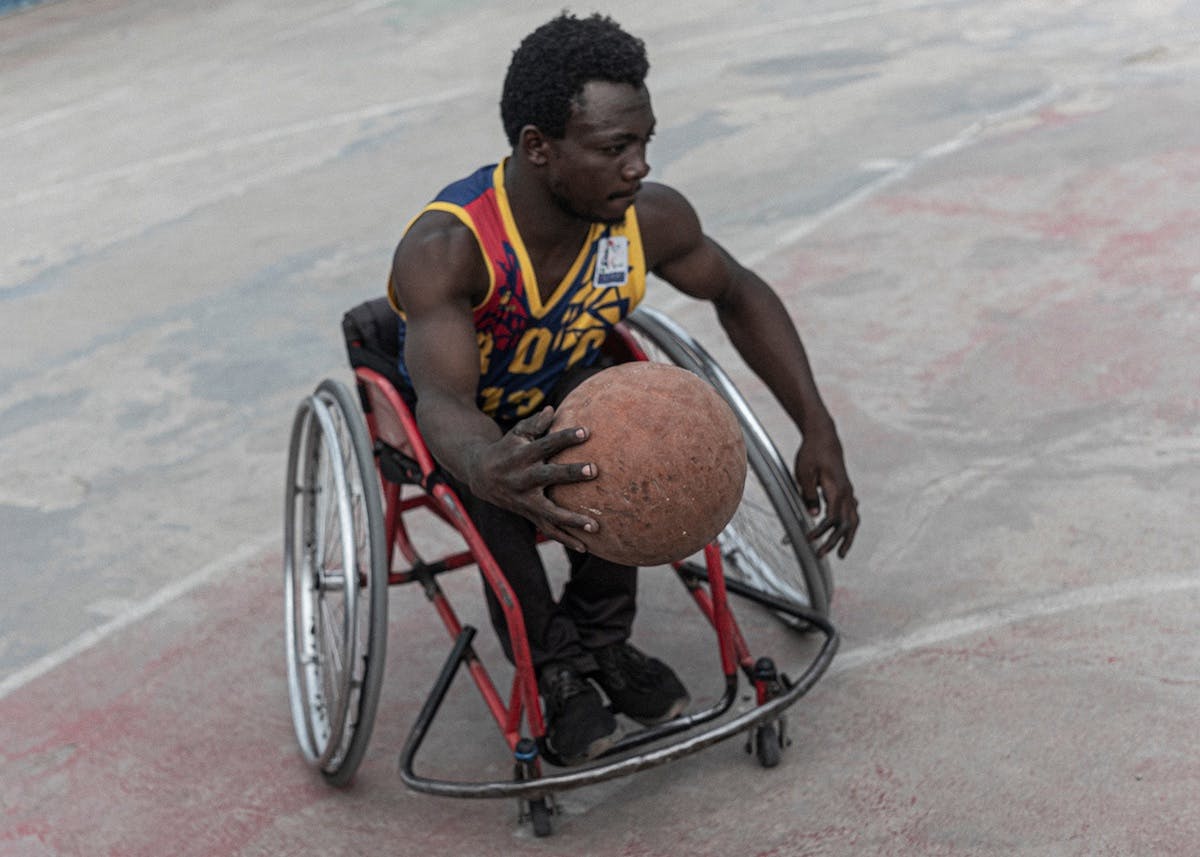
The United Nations Foundation has a nearly 15-year history of hosting international press fellowships to support deep and nuanced coverage of critical issues, including global health. In 2019, the Foundation launched a Polio Press Fellowship Program thanks to the support of the Bill & Melinda Gates Foundation. This fellowship provides journalists from around the world with funding and resources to travel to polio-affected countries in order to bring awareness to this often-forgotten disease and the work being done toward its eradication. In 2024, seven journalists hailing from Doha to Toronto joined the fellowship. These journalists received individual grants to travel to outbreak countries to interview polio survivors, immunizers, scientists, and health officials about innovations in and challenges to polio eradication. We spoke with three of these fellows about their experiences.
Faras Ghani
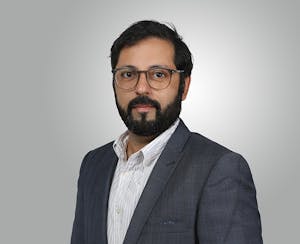
Journalist Faras Ghani recounts how this fellowship shed new light on his childhood memories, by giving him an opportunity to get close to polio workers like those he watched knock on his own gates growing up in Pakistan. Through the fellowship, the Digital Editor at Al Jazeera English, now based in Qatar, was able to travel to Pakistan twice, bearing witness to the enduring struggles faced by health care workers on the frontlines and bringing their untold stories to readers across the globe.
After 30 years of polio eradication efforts, Pakistan remains one of only two countries where the wild poliovirus is still endemic. While traveling along the Pakistan-Afghanistan border and visiting the capital, Islamabad, and the most populous city, Karachi, Faras documented many of the challenges that continue to hinder polio eradication, especially in remote, overcrowded, and fragile areas of the country. Polio workers, many of whom are polio survivors with disabilities, work hard everyday to get vaccines to the homes of unvaccinated children.
“They go on foot to all these locations and all these houses,” said Faras. “They literally go knocking door to door regardless of the temperature, regardless of whether it’s raining or it’s snowing. They face a lot of obstacles, physical threats, and verbal abuse.”
Safety is a constant concern. Most of the polio workers are women, and many have been threatened or shunned for working outside the home.
However, they are driven by a clear goal: to protect children from this preventable disease. Those who experienced polio themselves warn children, “If you don’t take these two drops, you could end up like me,” Faras recounted.
Faras said the funding provided by this fellowship allowed him to go from reporting official polio numbers from his desk in Doha to engaging directly with those affected.
“In the field, when you accompany these people going door to door, you’re looking at their faces and their emotions and their expressions when they are talking about why they’re doing this. Or how they care for this kid as much as they care for their own kid. It makes all the difference in the world when you actually go out and speak to those people,” he said.
“You can sort of become the human voice that they want you to be,” Faras continued.
Faras shared insights from his reporting trips in a series of articles for Al Jazeera, including an interactive multimedia page dedicated to the stories of polio workers.
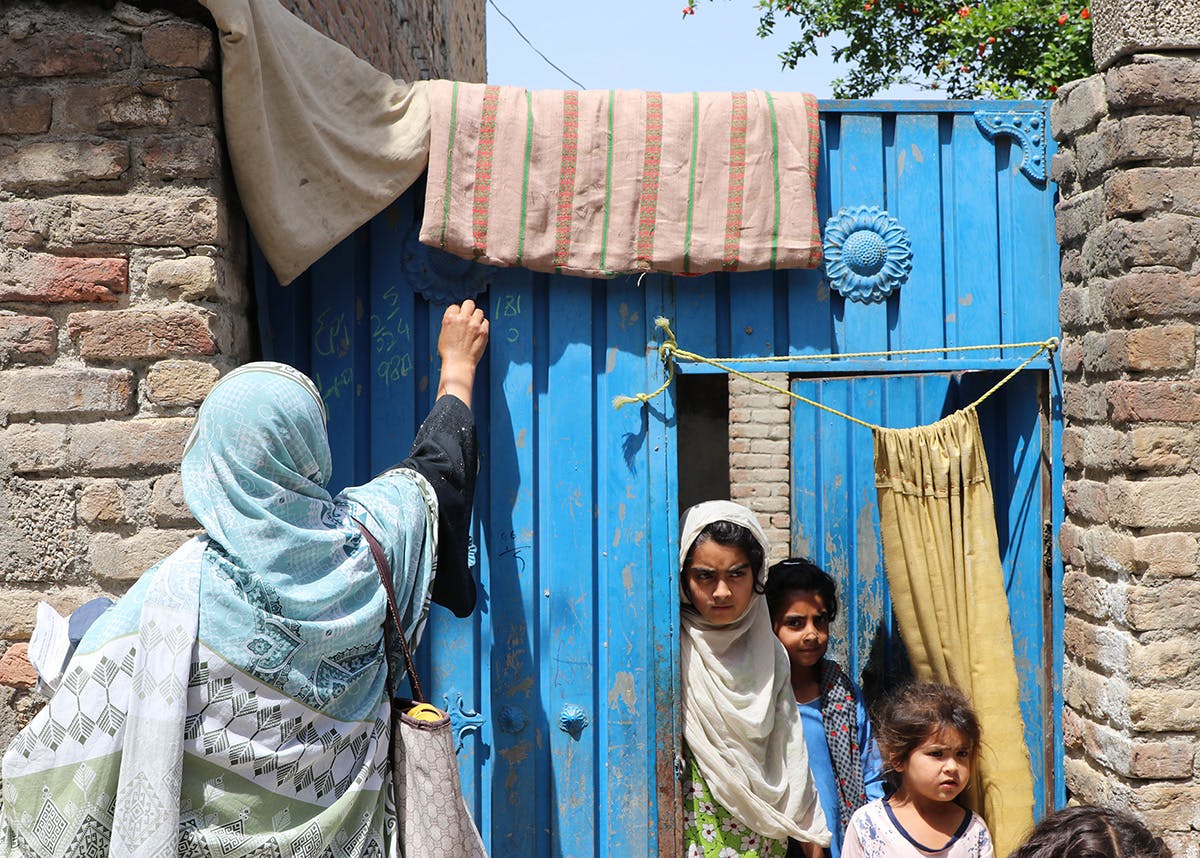
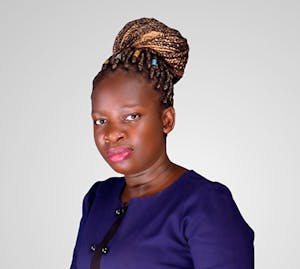
Treezer Michelle Atieno, a Kenyan science journalist and podcaster based in Nairobi, embarked on her first international field reporting journey through the fellowship, traveling to Abuja and Kano in Nigeria. New to reporting on polio, Treezer was intrigued by Nigeria’s journey to eradicating wild polio in 2020 and was eager to learn about what is still being done to control outbreaks of variant poliovirus (cVDPV), which occur in communities with low immunization coverage.
However, when Treezer arrived she learned that “the polio eradication story of Nigeria is so, so big and has a lot of angles,” she said.
Treezer visited one of Nigeria’s National Emergency Operations Centers (EOCs), an important tool in monitoring and responding to disease outbreaks. These centers were established in 2012 to strengthen the coordinated response across all polio eradication partners. Since then, their work has expanded to supporting response efforts for other health emergencies such as Ebola outbreaks.
Interviewing EOC staff, national health authorities, polio experts, workers from nonprofit organizations, and members of the World Health Organization, UNICEF, and the Bill & Melinda Gates Foundation, Atieno came to better understand the ways stakeholders and partners have come together to support successful polio eradication efforts in Nigeria. By working together under one roof at the EOC, these organizations can “go straight away” and respond quickly to outbreaks. “There’s a lot of coordination among them and looking at that, I think it is a unique way of organizing a health crisis,” she said.
She also found that beyond these centers, various unique innovations have been implemented to support the success of vaccination campaigns, such as solar-powered refrigerators that help maintain the cold chain as vaccines make their way to the most remote areas of the country.
Just as notable to her was the crucial role female health workers play in polio eradication. While men were initially the primary polio vaccinators, women now fill many of these positions. As she explained in one article, the involvement of women vastly expanded access to populations that were previously overlooked. However, getting vaccines to remote areas where outbreaks are more common due to low vaccination coverage is still difficult.
“Some of the challenges they face are the distance to get the vaccines to people. Some people are still so far, and they have to be reached. And, also, there’s the insecurity challenge. But there are some cultural issues that prevent men from going into houses, and so women have to be the ones to deliver polio vaccines. But some of these places are so, so far, and the journey is unsafe,” Treezer said.
Yet the greatest challenge lies in countering misconceptions about the polio vaccine. Polio workers engage with local leaders to help overcome these obstacles.
“When reports of non-compliance come in at the EOC, I help in mapping out traditional and religious leaders who are anti-polio-vaccine in the reported area. Then I approach them with facts about polio, such as the importance of vaccination and the global use of the vaccine,” one of the workers told Treezer.
Drawing on her experiences from the fellowship, Treezer has been inspired to begin reporting on polio eradication efforts in her own nation. She is now collaborating with a partner in Nigeria to produce a film that compares how Nigeria and Kenya have expanded access to vaccines to nomadic communities.
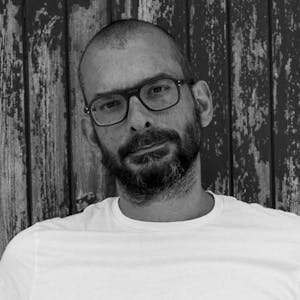
With the support of this fellowship, French photojournalist and co-founder of MYOP agency, Guillaume Binet, was able to travel to the Democratic Republic of the Congo (DRC), which, despite being declared wild polio-free in 2015, has been grappling with outbreaks of cVDPV in the conflict-affected eastern region. Accompanied by writer Amélie Constant, Guillaume flew to DRC to listen to, learn from, and capture the stories of polio survivors of many ages across various communities in the city centers and along the Congo River.
According to Guillaume, such a reporting trip would have been extremely difficult without funding support from the fellowship. “It is not an easy part of Africa to report from. It’s really expensive,” he explained while expressing his appreciation for the opportunity.
Guillaume started his trip with a visit to a health center for the disabled in Bukavu. “I wanted to find some kind of solution for how people are managing with this disability. And I wanted something positive to show how people can live in the city,” he said.
Adults and children with disabilities in DRC often experience stigma, and centers like the one Guillaume visited become the main places where they can receive community support. The nurses, many of whom also have disabilities from childhood paralysis, help the children to cope with their disabilities and “live a normal way of life,” Guillaume said.
Guillaume then began his travels along the Congo River, visiting a remote Indigenous Pygmy community in the forest, where misunderstandings and stigma about polio remain deeply rooted. For example, Guillaume was told that a child’s paralysis was caused by the “hand of God” after the child’s father had been with a non-Pygmy woman.
Like Faras and Treezer, Guillaume was particularly interested in the impact of gender norms on polio eradication. Guillaume recalled women in Katana saying, “We’ve seen our neighbor with polio, so we need to accept the vaccination. We’ve seen what polio is doing. It’s crazy to think we don’t want to be vaccinated.” Yet, some women also said they were prevented from vaccinating their children by their husbands, and some were cast out of their homes for vaccinating their children against their husbands’ wishes. On the other hand, women were also blamed and forced to leave the home if an unvaccinated child became paralyzed.
Guillaume’s journey ended in Goma, where he noted that survivors in wheelchairs often struggle with mobility, as only a few roads remain accessible to them due to the impacts of conflict, disasters, and under development. There he visited a community called Bethany, where 16 families with members who have been disabled, mostly due to polio, live in houses surrounded by the remains of a volcanic lava flow.
From humanitarian crises to misinformation, stigma, and fear, throughout his journey Guillaume encountered many of the persistent challenges confronting polio workers and survivors in the DRC today. But he also saw firsthand that the survival and resilience of polio survivors was not defined by accommodations or access to treatment, but by the solidarity and support of people within their own communities.
Reflecting on his experience, Guillaume stressed how “if we can humanize people and really listen to them, we have a lot to learn from them.” By conveying their stories through powerful imagery, he is helping to shift the narrative of polio from that of numbers and cases to the real-life depiction of struggle, strength, and resilience. Photos and stories from Guillaume’s reporting trip were published in the Swiss magazine ECHO and are available on his website.
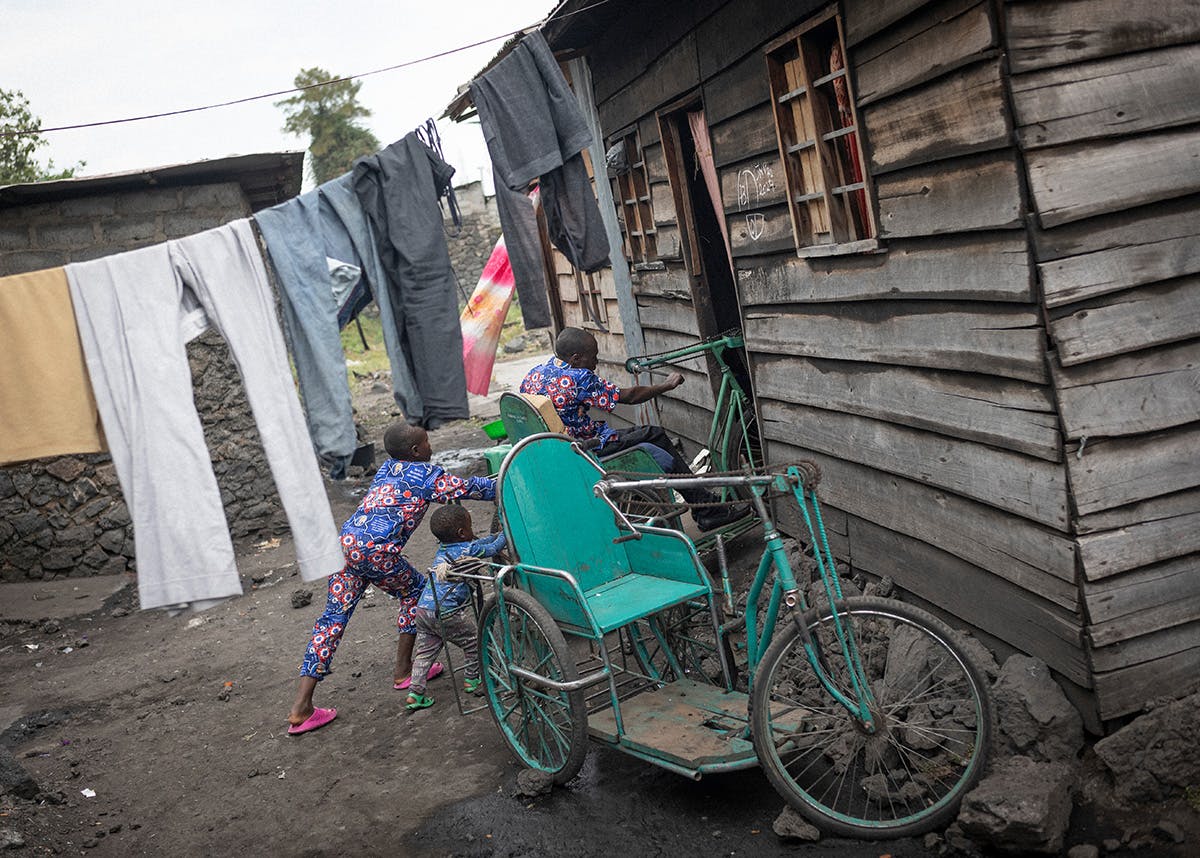
Journalists interested in pursuing reporting trips similar to those of Faras, Treezer, and Guillaume are encouraged to submit a proposal for the 2025 Polio Press Fellowship by January 3, 2025.
Cynthia Alame is a Global Health Communications Intern at the United Nations Foundation. In this role, she supports the communications goals for the UN Foundation’s Global Health team’s various advocacy areas. Cynthia Alame is currently a Master of Public Health (MPH) candidate in the Global Health Policy concentration at George Washington University’s Milken Institute School of Public Health and received her Bachelor of Arts in Health Communication from the American University in Beirut.
To get the latest Global Health news from our experts, subscribe to our monthly newsletter.